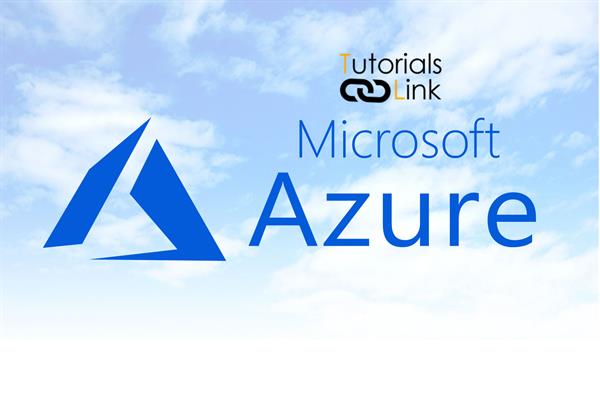How to create a storage account using ARM template?
Brief introduction of the ARM template
- Infrastructure as Code (IaC) – configuration of resources in the form of code to skip the repetitive task and easily managed by Version Control
- Declarative syntax in JSON file format
- Used for automating deployment
- Adopt an agile development method
Tools to create ARM templates
- Azure Portal
- Any text editor like VS Code, Notepad++, etc.
- Visual Studio
Additional useful tips
- VS Code Extension for ARM
- Readymade templates available on Github and Microsoft Azure Documentation
Notice, I’m using VS Code to create this example. Install the Azure Resource Manager (ARM) Tools extension before proceeding further. This is a very useful extension provided by Microsoft. Trust me, it will ease your life while creating ARM templates.

Ways of deployment of the ARM templates
- PowerShell
- Install the AZ module using PowerShell. Please note: Az module commands will work on PowerShell version 6.0 and above.
- You can install PowerShell using this link and follow the instructions as given in the document.
- CloudShell
- Azure Custom Deployment center
PowerShell and CloudShell are almost similar so I’ll explain the deployment through PowerShell in this article along with Azure deploy a custom template.
Format of the ARM template
The ARM template is written in JavaScript Object Notation (JSON) and the initial template has the following structure:

Explanation of template elements:
“$schema”: is a mandatory element. It has the location of the schema file. The version number could be different based on what editor you are using and the scope of the deployment. So, the highlighted piece of information describes the version of the schema version i.e. 2019-04-01.
Though there are various other schemas available and you are free to use any one of them but it also depends on deployment kind as mentioned earlier.
“contentVersion”: is a mandatory element. It is mainly used for the management of template versions. You can pass any number sequence as per your convenience following the given format.
“resources”: is a mandatory element. Any template meant to be created for provision/update and deploying at least one resource. The “resources” element receives an array of deployment resource(s) and their support elements.
Rest other elements are optional but very useful like “parameters”, “functions”, and “variables”
“parameters”: the custom values passed for deployment as parameters while executing the deployment script.
“variables”: the values are customized and used within the template JSON file. It is used for simplifying the template file.
“functions”: you can pass user-defined methods within the template file.
“output”: it holds the returned value after deployment.
A template for deployment [Example]
File name: 'storagetemplate.json’
{ "$schema": "https://schema.management.azure.com/schemas/2019-04-01/deploymentTemplate.json#", "contentVersion": "1.0.0.0", "parameters": { "deploymentPrefix": { "type": "string", "minLength": 3, "maxLength": 8 }, "storageAccountType": { "type": "string", "defaultValue": "Standard_GRS", "allowedValues": [ "Standard_LRS", "Standard_GRS", "Standard_ZRS", "Premium_LRS" ], "metadata": { "description": "Storage Account type" } }, "location": { "type": "string", "defaultValue": "[resourceGroup().location]", "metadata": { "description": "Location for all resources." }} }, "variables": { "uniqueSAName": "[concat(parameters('deploymentPrefix'),'-', uniqueString(resourceGroup().id))]" }, "resources": [ { "type": "Microsoft.Storage/storageAccounts", "apiVersion": "2019-04-01", "name": "[variables('uniqueSAName')]", "location": "[parameters('location')]", "tags": { "displayName": "demo-storageacc01" } , "sku": { "name": "[parameters('storageAccountType')]" }, "kind": "StorageV2", "properties": {} } ], "outputs": { } }
Code snippet: Example template
Before deployment, let’s have a quick check through the Azure portal.
- Login to Azure Portal
- Navigate to “Deploy a custom template”
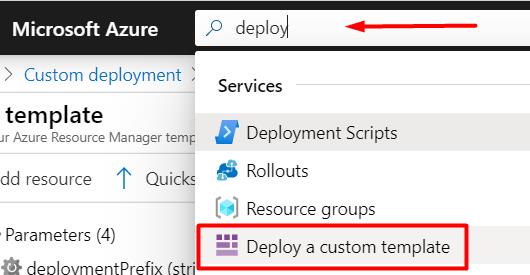
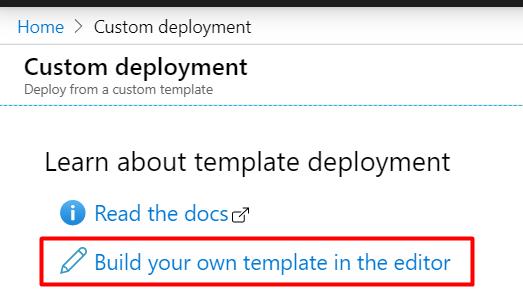
Replace the above-given template in the editor and immediately get the following result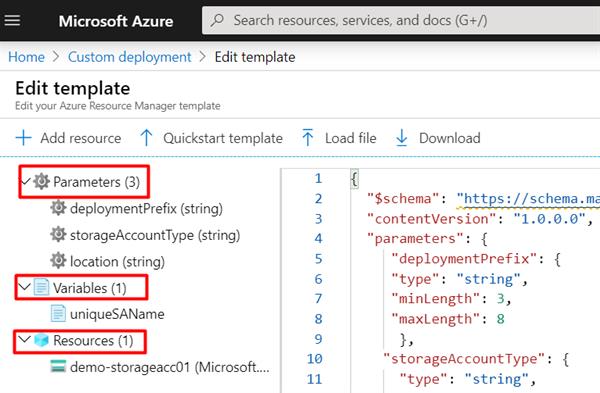
There are 3 Parameters, 1 Variable, and 1 Resource identified in the template, which is correct and validated. Now the final step to deploy the above template. Which would come after the explanation of Parameters and Variable below.
Parameter 1
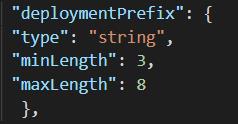
deploymentPrefix -for the environment name like Dev, QA, Staging, UAT, or Prod, where to deploy or update. I have used this parameter in “variables” property within the current template.
Parameter 2
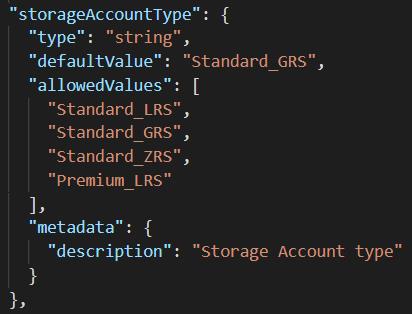
storageAccountType – is a combination of Performance + Replication in the Azure portal.
allowedValues - restrict the users to choose an option out of given values
defaultValue – if no value for storageAccountType as parameter then the value given here would be accepted by default
metadata – it gives the (i) icon with a tiny popup for the explanation for user’s understanding.
Parameter 3

location – the region where to create the storage account.
defaultValue – we are using the same location as of the resource group under which this account would be created.
metadata – it gives the (i) icon with a tiny popup for the explanation for the user’s understanding.
Variable 1

Unique.
Finally, the usage of parameters and variables will be used in the “resources” element.
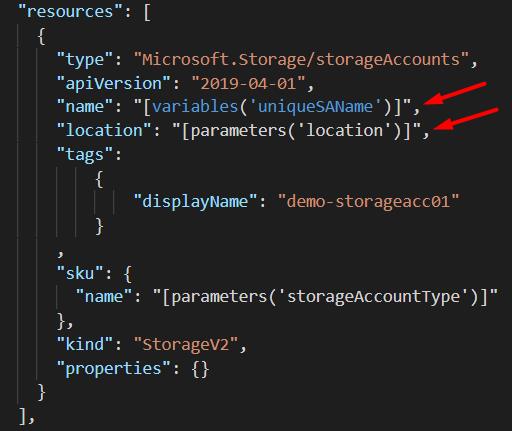
How to deploy the template?
Using Azure Portal >> Custom Deployment
Fill up the desired values in the given controls. Notice, these are the same parameters which have been declared in the template. The active subscription of your account will automatically get populated in Subscription dropdown.
You are free to use any existing Resource group or Create new here too. As per our template, the Location dropdown will take the Resource group id by default otherwise you can choose any valid location from the dropdown.
Deployment Prefix will accept any string value minimum 3 but maximum 8 characters value as per declared in the sample template in this article.
Storage Account Type is prepopulated with the default value as per the template. You are free to use any allowed value at this stage.
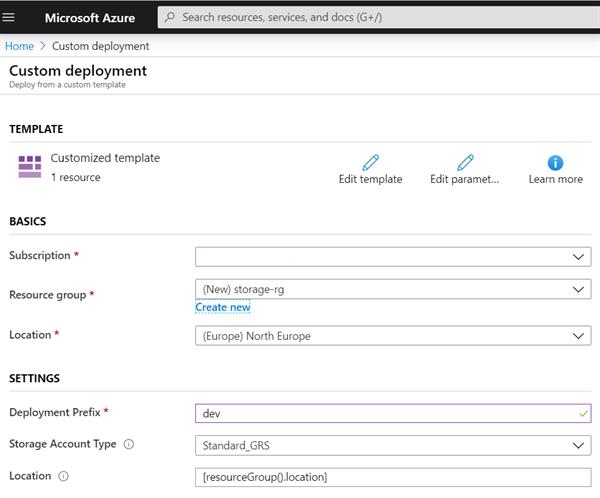
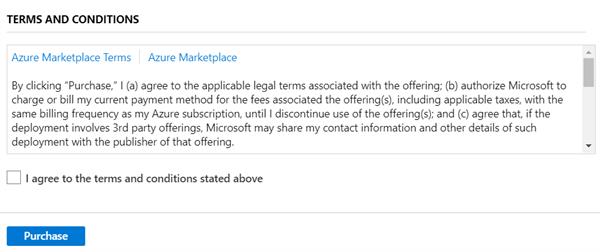
Once you are done with parameter values, tick the agreement and click the Purchase button as given in the above snapshot.
Using PowerShell
First, just ensure, you are using the PowerShell version 6.0 or above. For this article, I’m using Powershell version 7.0
How to confirm the PowerShell version?
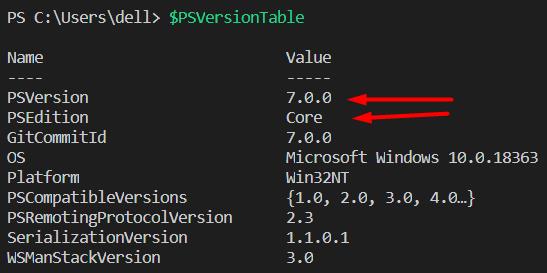
Or

Now you are ready to deploy the custom ARM template
- Connect to Azure first using the following command
PS D:\ azure> Connect-AzAccount
It would ask the Azure Portal credentials first for validation and then would allow you to perform any operation through the command line.
- Use the following command for deployment through PowerShell
PS D:\ azure> New-AzResourceGroupDeployment -Name 'demoforstorage' -ResourceGroupName 'demorg' -TemplateFile 'storagetemplate.json'
> New-AzResourceGroupDeployment is the PowerShell command
> -Name parameter is given any name for the deployment
> -ResourceGroupName is given an existing Resource Group name which is ‘demorg’
> -TemplateFile is given the name of the template I have created above in this article.
Just hit the “enter” button and wait for 30-40 seconds. You’ll receive the output as Successful.
To cross-check, visit the Azure Portal > Resource Group > demorg
Please notice, there are two types of Deployment names mentioned in the below snapshot
- Template meaning I have deployed the ARM template using Deploy a custom template in Azure Portal.
- Demoforstoage meaning I have deployed the ARM template using PowerShell and given this name as parameter. Refer to the deployment command given above.

I’ll discuss more detailed and relevant content regarding the ARM template in another article.
